Bathtub Refinishing Timing Tips
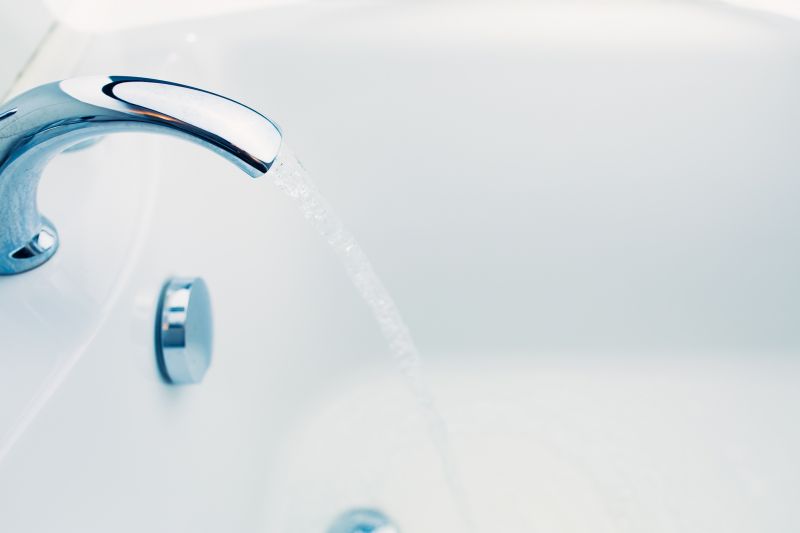
Spring offers moderate temperatures and lower humidity levels, ideal for optimal curing and adhesion of refinishing coatings.
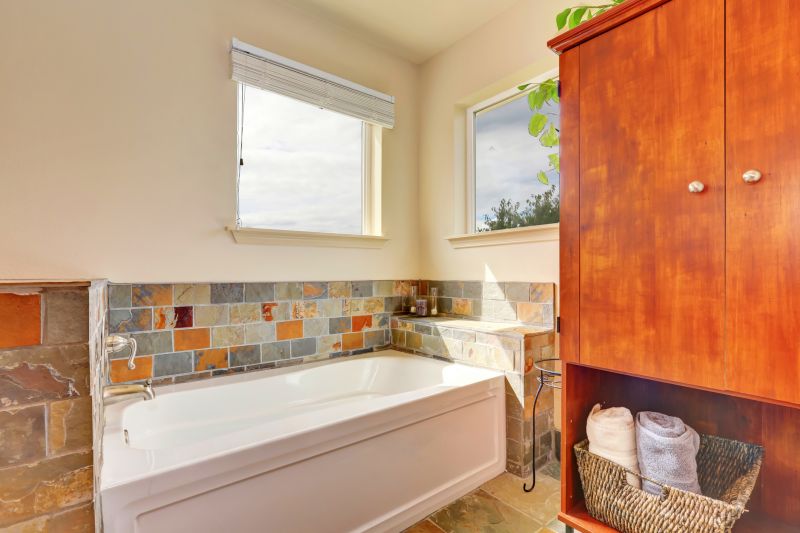
Summer provides warm weather and longer daylight hours, facilitating faster drying times and scheduling flexibility.
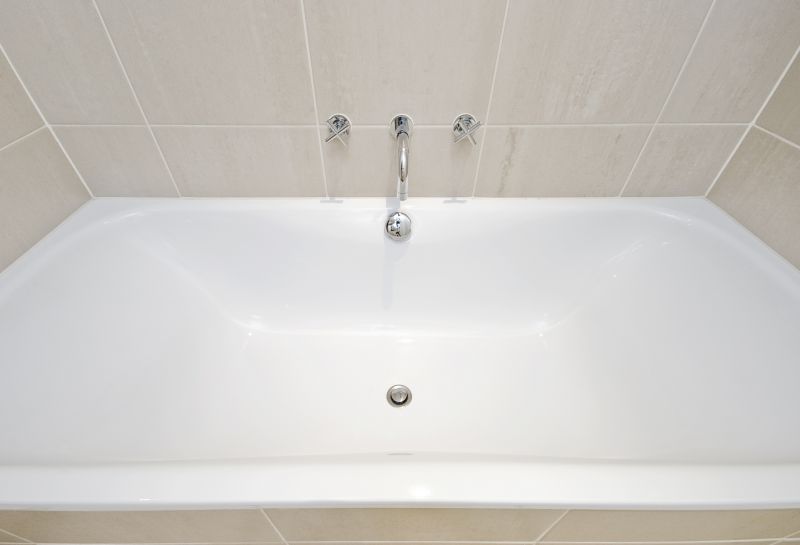
Fall's cooler temperatures can help in achieving a durable finish, though humidity levels should be monitored.
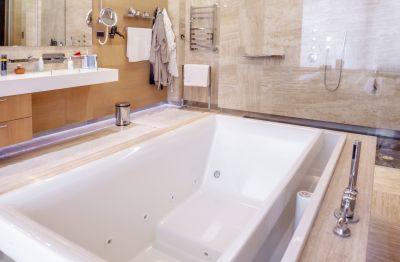
Ways to make Bathtub Refinishings work in tight or awkward layouts.

Popular materials for Bathtub Refinishings and why they hold up over time.
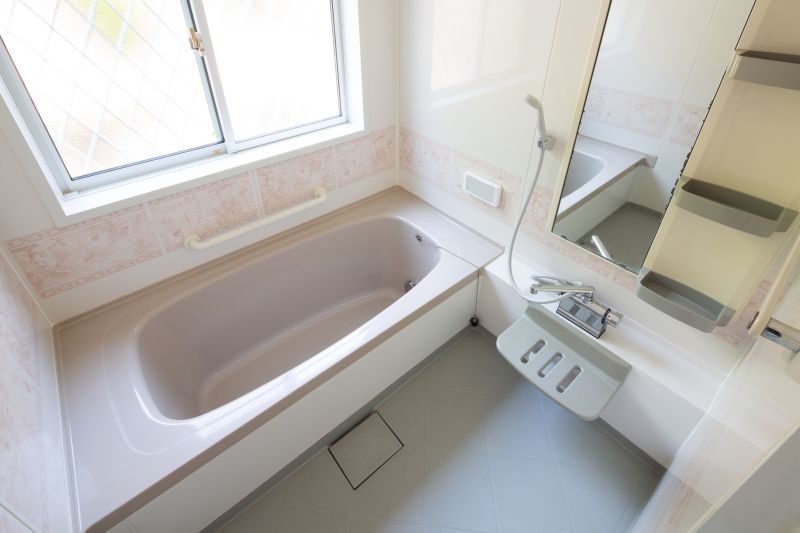
Simple add-ons that improve Bathtub Refinishings without blowing the budget.
Bathtub refinishing is a cost-effective alternative to replacement, involving the application of a new coating over existing surfaces. This process can restore the appearance of a worn or outdated bathtub, providing a smooth, glossy finish. The refinishing process typically takes a few hours, with the entire curing period extending over the next 24 to 48 hours. Proper timing ensures the best results, avoiding periods of high humidity or extreme temperatures that can compromise the finish.
Statistics indicate that bathtub refinishing can extend the lifespan of a bathtub by several years, with a success rate of over 85% when performed correctly. The process is popular among homeowners looking to update bathrooms without the expense of full replacements. Seasonal considerations, such as avoiding refinishing during winter's cold and damp conditions, can influence the durability and appearance of the new surface.
Ideal conditions include temperatures between 60-80 degrees Fahrenheit and humidity below 50% for best adhesion and curing.
The entire refinishing process typically takes 4-6 hours, with a curing period of 24-48 hours before use.
Weather, humidity, and temperature are critical factors influencing the best time for refinishing.
Scheduling during spring or early fall can help avoid extreme weather conditions that may affect the finish.

High-end options that actually feel worth it for Bathtub Refinishings.
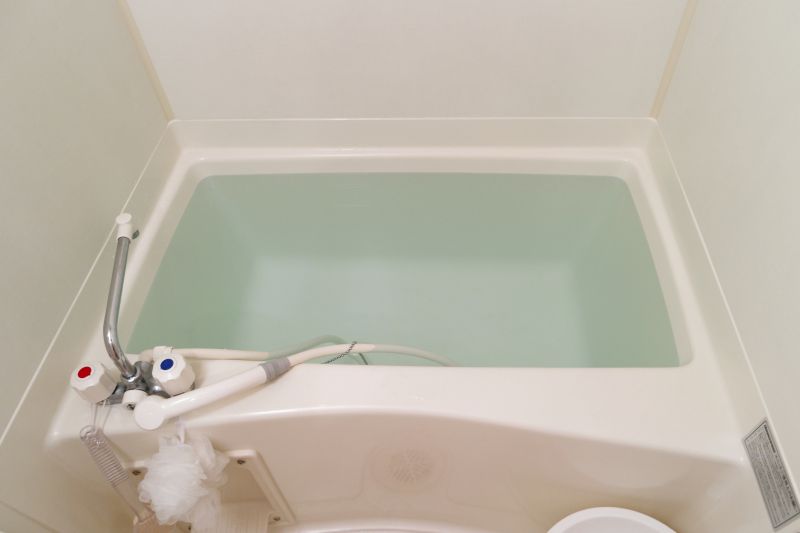
Finishes and colors that play nicely with Bathtub Refinishings.
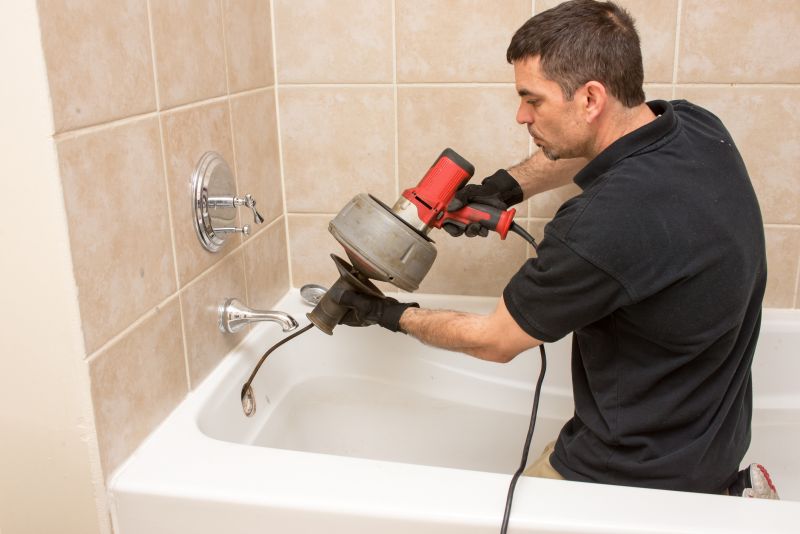
Little measurements that prevent headaches on Bathtub Refinishings day.
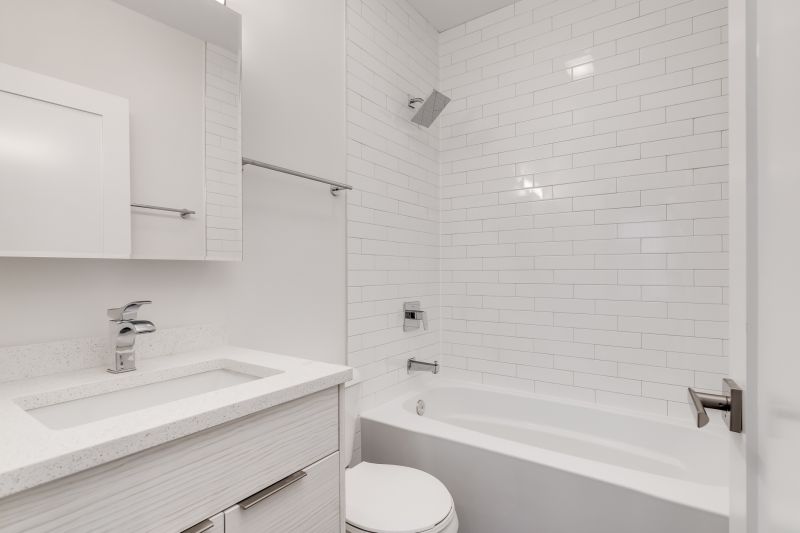
A 60-second routine that keeps Bathtub Refinishings looking new.
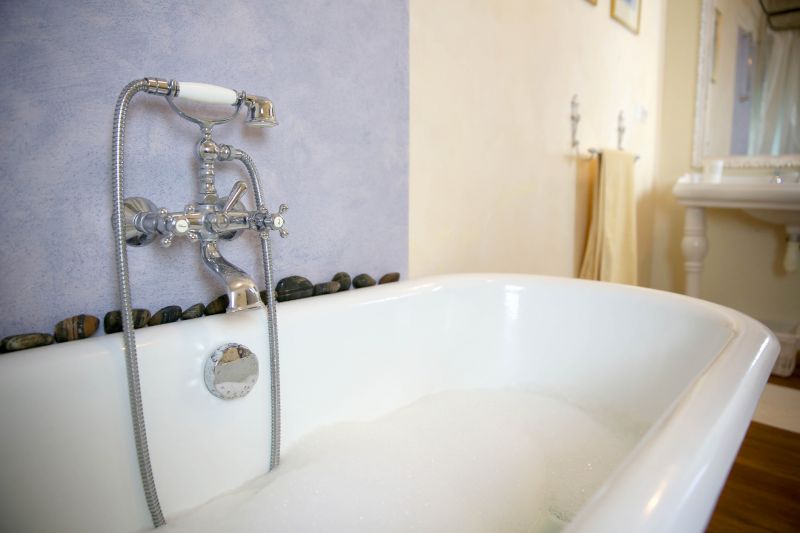
A frequent mistake in Bathtub Refinishings and how to dodge it.
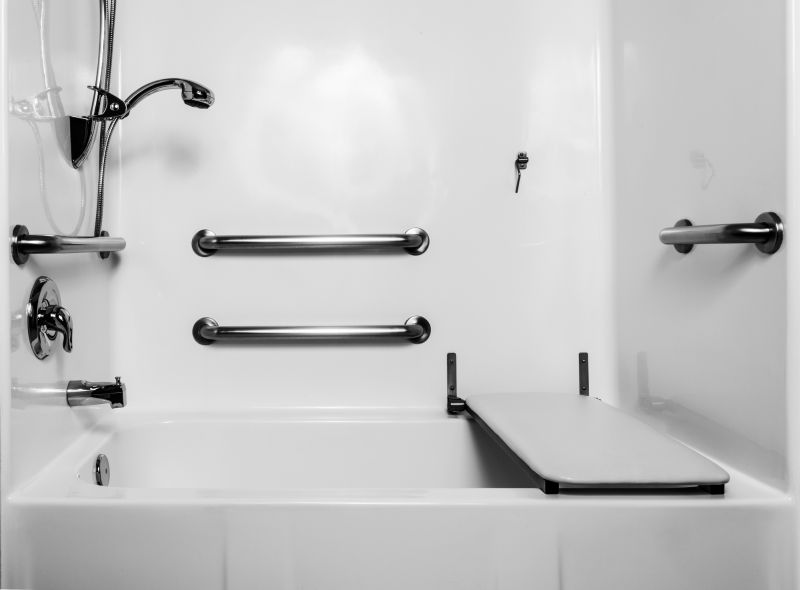
Small tweaks to make Bathtub Refinishings safer and easier to use.

Lower-waste or water-saving choices for Bathtub Refinishings.

The short, realistic tool list for quality Bathtub Refinishings.
| Season | Ideal Conditions |
|---|---|
| Spring | Moderate temperatures, low humidity, stable weather |
| Summer | Warm weather, longer daylight, dry conditions |
| Fall | Cooler temperatures, manageable humidity |
| Winter | Not recommended due to cold and high humidity |
Choosing the right time for bathtub refinishing can significantly impact the quality and longevity of the finish. The best seasons typically include spring and early fall, when weather conditions are mild and stable. Avoiding extreme cold, heat, or humidity ensures better adhesion and curing, resulting in a smoother, more durable surface. Proper timing also minimizes the risk of delays caused by weather-related issues, leading to a more efficient process.

Rough timing from prep to clean-up for Bathtub Refinishings.

Quick checks and paperwork to keep after Bathtub Refinishings.
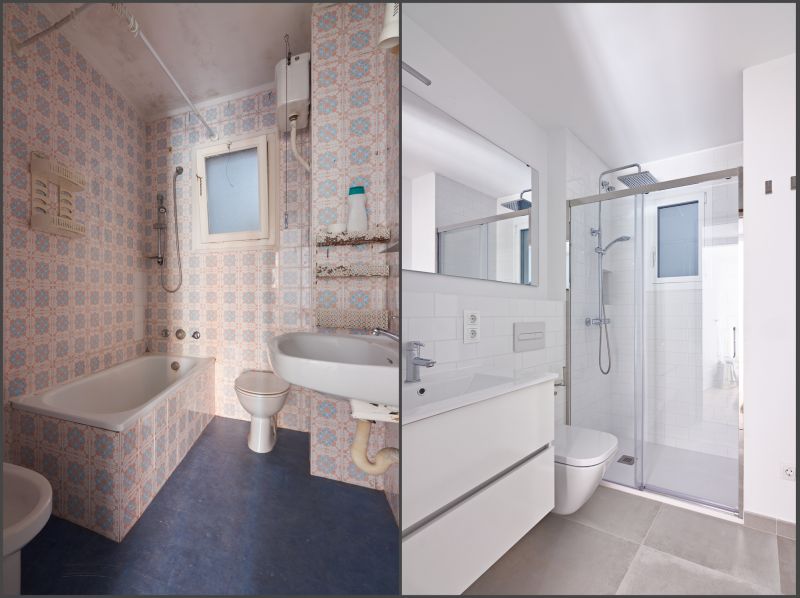
Examples that show the impact a good Bathtub Refinishings can make.

Ways to make Bathtub Refinishings work in tight or awkward layouts.

Ways to make Bathtub Refinishings work in tight or awkward layouts.
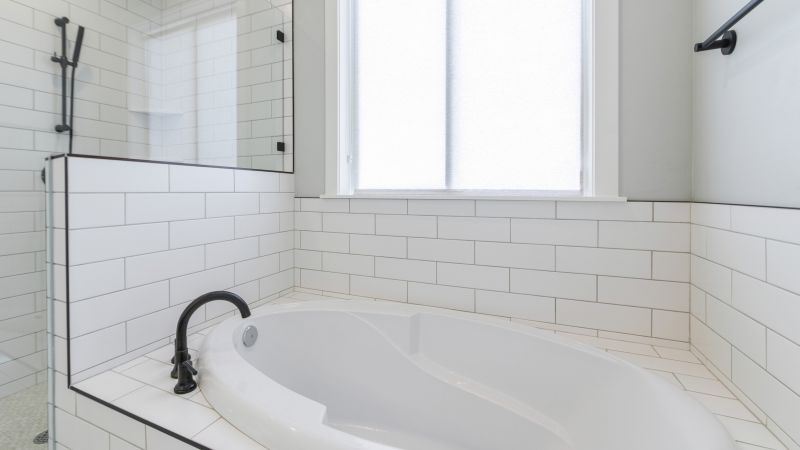
Ways to make Bathtub Refinishings work in tight or awkward layouts.
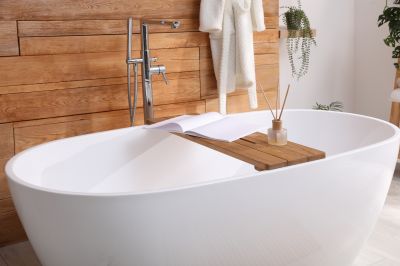
Ways to make Bathtub Refinishings work in tight or awkward layouts.
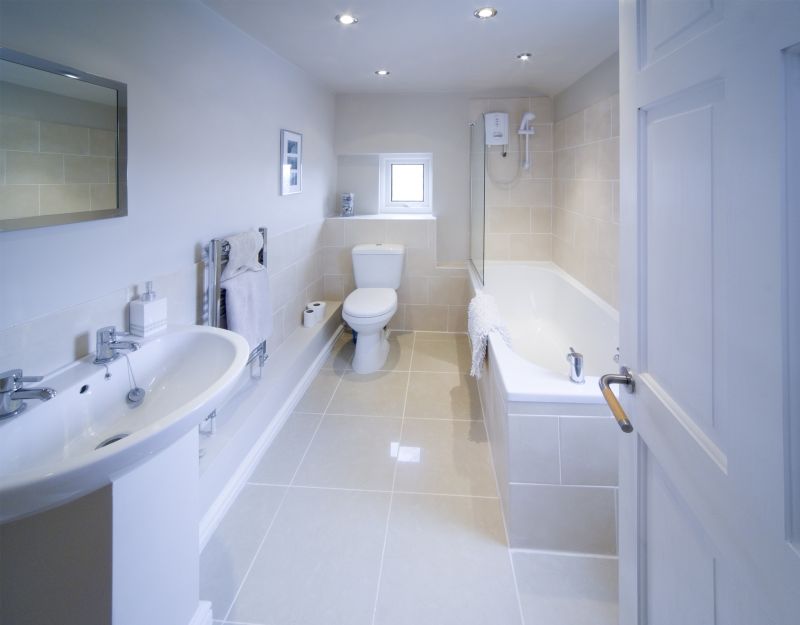
Ways to make Bathtub Refinishings work in tight or awkward layouts.
Interested in enhancing the appearance and durability of a bathtub through refinishing? Contacting professionals during the optimal season can ensure the best results. Proper planning and timing contribute to a long-lasting, high-quality finish that can improve bathroom aesthetics and functionality.
